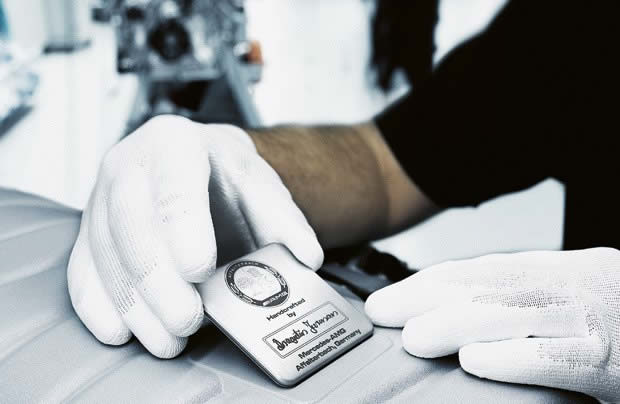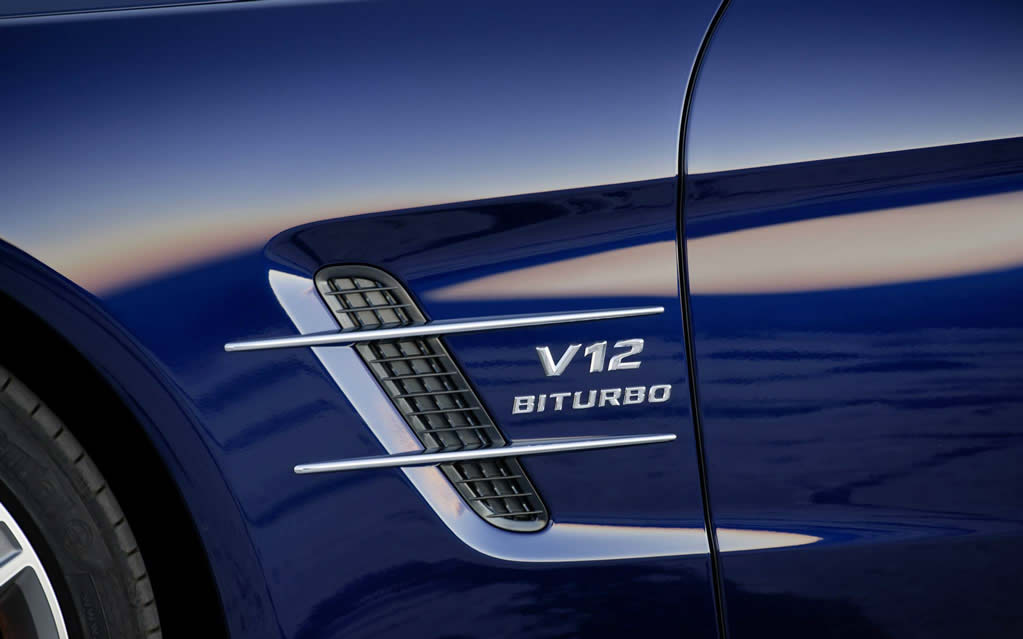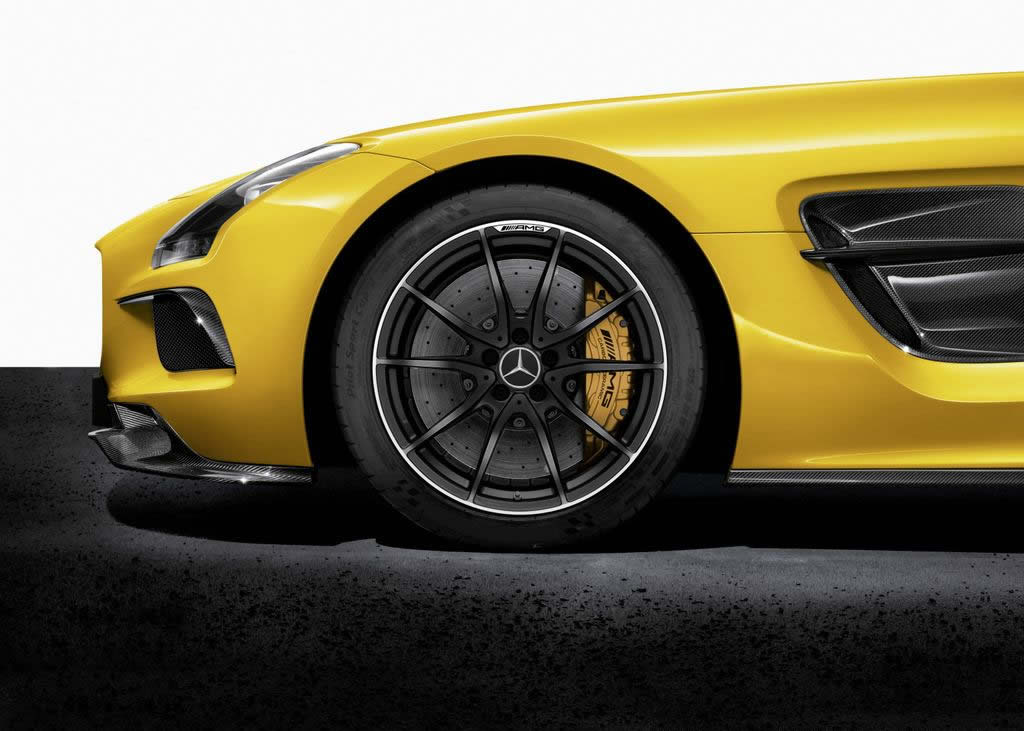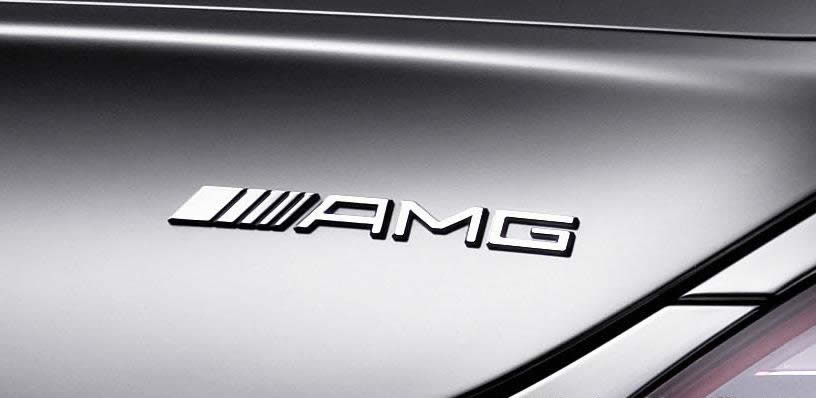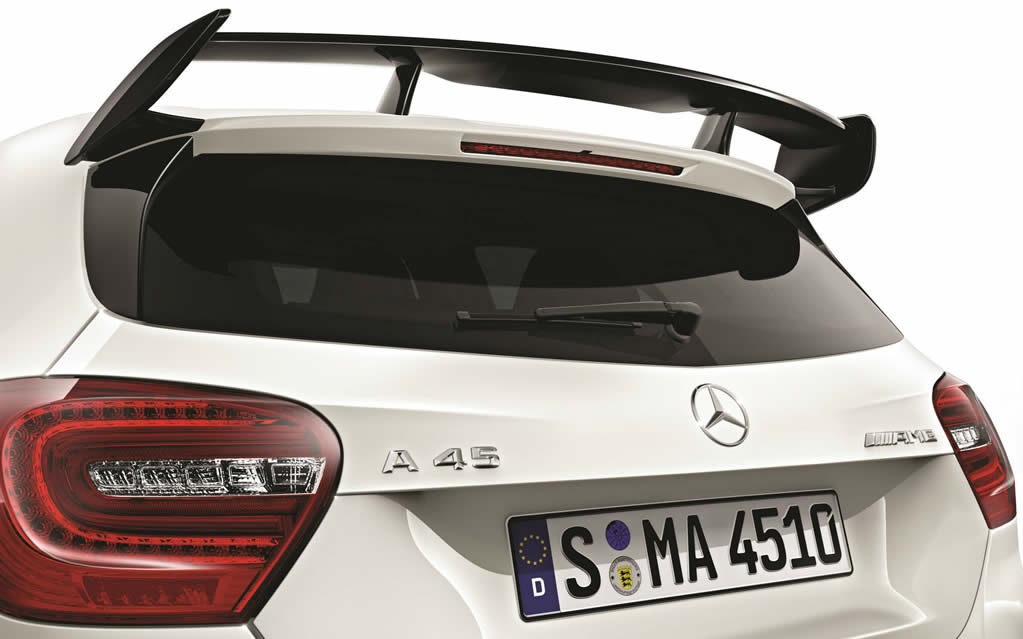An AMG is not simply a Mercedes-Benz with more horsepower – it’s virtually a completely new automobile.
But how do you spot a genuine AMG? We’ve posted photos in the gallery below of the front, side and rear with explanations on what the easiest way to spot an AMG is as well as some more hidden ways to know.
In order to achieve this goal, AMG engineers are involved at the earliest concept phase when the Mercedes-Benz development team designs a new model. Only in this way can AMG integrate their high-performance technology and tailor it to the car’s performance profile. The key questions that AMG engineers ask are: What do we expect of the longitudinal dynamics? And of the lateral dynamics? What requirements are to be placed on sportiness? And which on comfort? The answers to these questions result in the fundamental set-up of the car.
In the next step, they get down to the details – and thus to answering questions such as: Which components must be changed compared with the original series car in order to achieve the required performance and dynamics? This naturally applies first of all to the suspension including axles, brakes and dampers; secondly to the complete drivetrain including transmission and engine; and thirdly to body modifications such as increasing its stiffness and enhancing aerodynamics.
But the depth of development at AMG goes far beyond that: When AMG designs a single body part, they always do so with the goal of improving defined driving characteristics. Almost every improvement involves modifying or developing other components. The result of this chain reaction is a high-performance automobile with more than 500 original AMG parts.



